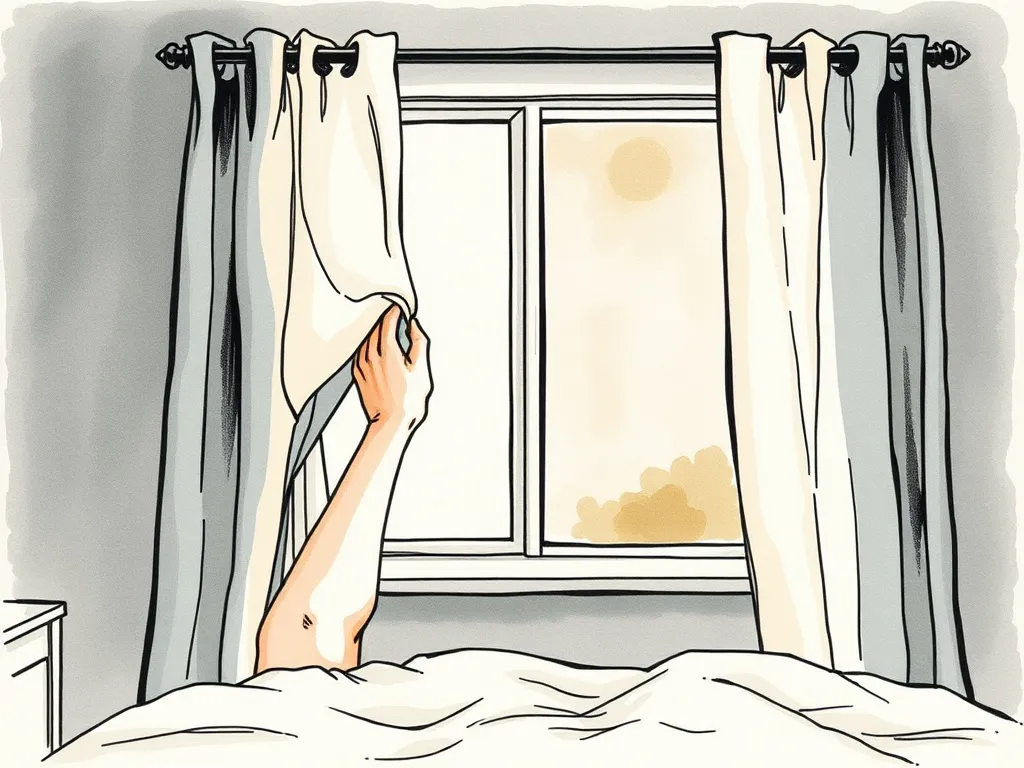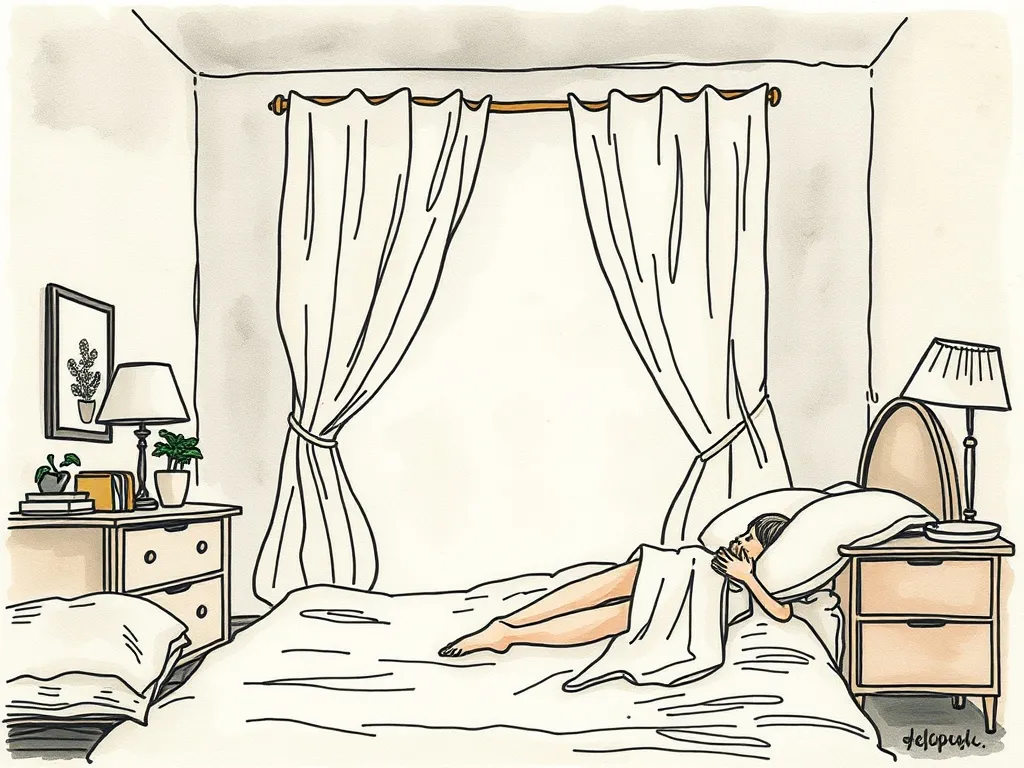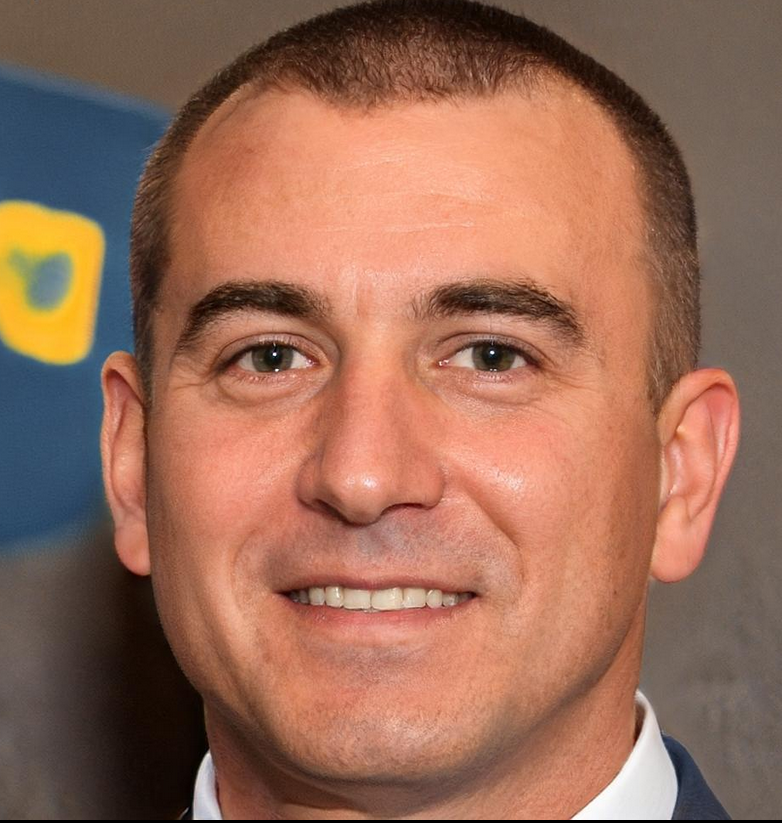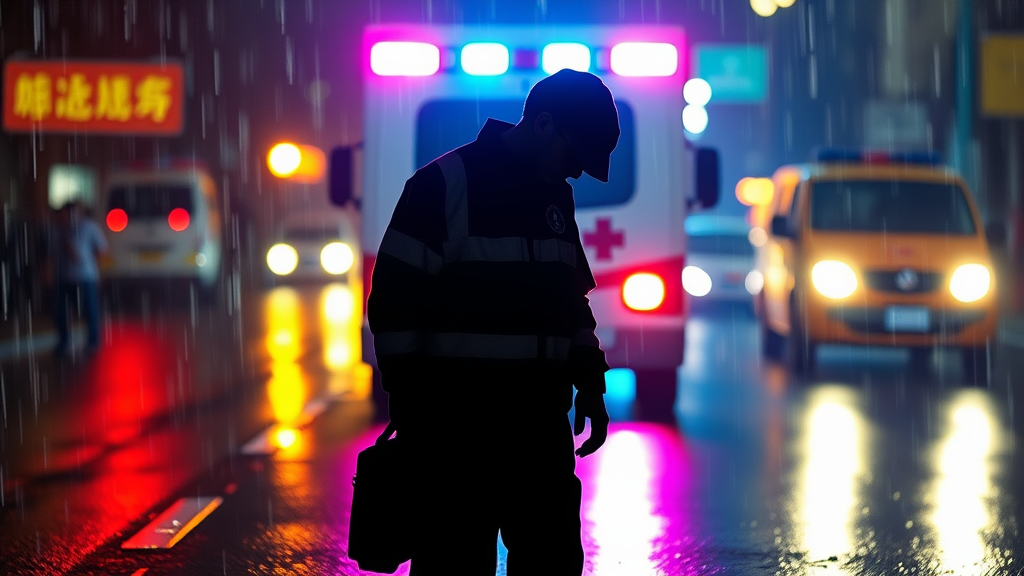· Don Davis · EMT · 9 min read
A Practical Guide to Improving Sleep for Paramedics on Rotating Shifts
Discover practical strategies and expert tips for paramedics and EMTs to effectively manage and improve sleep quality despite the challenges of rotating shifts.

The Unseen Battle: Improving Sleep for Paramedics
Being a paramedic is more than just a job; it’s a calling. The dedication, courage, and quick thinking required on the front lines are immense. However, the nature of emergency services, particularly the demanding and often unpredictable rotating shifts, takes a significant toll on one crucial aspect of a paramedic’s well-being: sleep. If you’re an EMT or paramedic struggling with your paramedic sleep schedule, you’re not alone. This comprehensive guide is designed to provide practical strategies and actionable insights on how to sleep with rotating shifts, helping you mitigate the challenges and enhance your overall health and performance.
The Impact of Rotating Shifts on Your Body
Our bodies are designed to operate on a natural 24-hour cycle known as the circadian rhythm. This internal clock regulates sleep-wake patterns, hormone release, body temperature, and other vital functions. When you work rotating shifts—alternating between day, evening, and night shifts—you constantly disrupt this rhythm. This disruption can lead to a host of issues, including chronic fatigue, irritability, difficulty concentrating, and increased risk of accidents.
Over time, this consistent misalignment between your internal clock and your work schedule can manifest as Shift Work Sleep Disorder (SWSD). SWSD is characterized by persistent insomnia or excessive sleepiness that is directly related to a work schedule that conflicts with a person’s natural sleep-wake cycle. Symptoms often include difficulty falling asleep, staying asleep, or feeling rested after sleep, along with impaired performance and increased risk for chronic health issues like cardiovascular disease, diabetes, and mental health challenges.
Pillar 1: Strategic Sleep Scheduling and Consistency
Developing an effective paramedic sleep schedule requires planning and discipline. While it’s impossible to maintain a perfectly consistent schedule due to the nature of your job, you can still implement strategies to minimize disruption.
Prioritize Sleep Blocks
Identify your primary sleep windows, whether after a night shift or before a day shift. Treat these blocks as non-negotiable. Communicate your sleep needs to family and friends to ensure minimal interruptions.
The Power of Naps
Strategic napping can be a lifeline for paramedics. Short, restorative naps (20-30 minutes) can improve alertness and performance without causing significant sleep inertia (that groggy feeling after waking from a deep sleep). Longer naps (90 minutes, a full sleep cycle) can be beneficial if you have a longer period before your next shift, helping to reduce sleep debt. Avoid long naps close to your main sleep period, as this can make it harder to fall asleep later.
Gradual Adjustments
If possible, try to adjust your sleep schedule gradually a few days before a significant shift change. For instance, if you’re transitioning from day to night shifts, try staying up a bit later each night and waking up later each morning to slowly acclimate your body.
Pillar 2: Creating an Optimal Sleep Environment
Your bedroom should be a sanctuary for sleep, especially when you’re trying to sleep at irregular hours. This is one of the most crucial shift work sleep disorder tips.
Darkness is Key
Light, particularly blue light, signals to your brain that it’s daytime, suppressing melatonin production. Invest in high-quality blackout curtains or blinds that completely block out light. Even small cracks of light can interfere with sleep. If blackout curtains aren’t enough, consider a comfortable eye mask.
Silence is Golden
Noise can be a major disruptor. Use earplugs, a white noise machine, or a fan to drown out ambient sounds. Inform family members about your sleep hours to ensure a quiet environment during your rest periods.
Temperature Matters
The ideal temperature for sleep is typically between 60-67°F (15-19°C). Keep your bedroom cool, dark, and well-ventilated. A cooler environment helps your body’s natural temperature drop, which is a signal for sleep.
Pillar 3: Pre-Sleep Rituals and Wind-Down Techniques
Just as you have a routine before your shift, develop a consistent pre-sleep ritual to signal to your body and mind that it’s time to wind down, regardless of the time of day.
Unplug and Unwind
Avoid electronic screens (phones, tablets, computers, TVs) for at least an hour before attempting to sleep. The blue light emitted by these devices can interfere with melatonin production. Instead, engage in relaxing activities like reading a physical book, listening to calming music, or taking a warm bath.
Relaxation Techniques
Practices such as deep breathing exercises, progressive muscle relaxation, or gentle stretching can help calm your nervous system. Mindfulness meditation can also be incredibly effective for clearing your mind of the day’s stresses and preparing for rest.
Pillar 4: Nutrition, Hydration, and Stimulant Management
What you consume directly impacts your sleep quality. This is vital for improving sleep quality for EMTs.
Mind Your Caffeine Intake
Caffeine has a half-life of about 5-6 hours, meaning it takes that long for half of it to be eliminated from your system. Avoid caffeine for at least 6-8 hours before your planned sleep time. This includes energy drinks and some over-the-counter medications.

Alcohol and Sleep
While alcohol might make you feel drowsy initially, it disrupts sleep architecture, particularly REM sleep, leading to fragmented and unrefreshing sleep. Limit alcohol consumption, especially close to bedtime.
Balanced Diet
Opt for a balanced diet rich in whole foods. Avoid heavy, fatty, or spicy meals close to bedtime, as they can cause indigestion and discomfort. Complex carbohydrates and lean proteins can sometimes promote sleep.
Pillar 5: The Role of Light Exposure
Managing light exposure is paramount when dealing with rotating shifts.
Strategic Light Exposure
When you need to be awake and alert, expose yourself to bright light. This can help suppress melatonin and enhance alertness. Conversely, when winding down for sleep, minimize light exposure, especially bright blue light. Consider using blue-light-blocking glasses if you must use screens before bed, or use warm, dim lighting in your home.
Light Therapy
Some paramedics find light therapy useful to help adjust their circadian rhythm. A bright light therapy box can be used to signal wakefulness at specific times, helping to reset your internal clock, particularly when transitioning to new shifts.
Pillar 6: Physical Activity
Regular exercise is beneficial for sleep, but timing is crucial for shift workers.
Timing Your Workouts
Engage in regular physical activity, but avoid vigorous exercise too close to your planned sleep time. The stimulating effects of exercise can make it harder to fall asleep. Morning or early afternoon workouts are generally best. If you can only exercise close to your sleep time, opt for lighter activities like stretching or a gentle walk.
When to Seek Professional Help

Despite implementing these shift work sleep disorder tips, some paramedics may continue to struggle significantly. If you experience persistent difficulty sleeping, excessive daytime sleepiness, or significant impairment in your daily functioning, it’s crucial to consult a healthcare professional. A doctor can rule out other underlying sleep disorders or medical conditions.
One highly effective treatment for chronic insomnia and shift work sleep disorder is Cognitive Behavioral Therapy for Insomnia (CBT-I). This therapy helps individuals identify and change thoughts and behaviors that prevent them from sleeping well. CBT-I is a structured program that uses various techniques, including sleep restriction, stimulus control, and cognitive restructuring, to improve sleep patterns.
For first responders like paramedics, specialized CBT-I programs can be particularly beneficial. You can find more information about these targeted approaches, such as those covered in this practical CBT-I guide tailored for first responders in Alberta or this comprehensive guide on CBT-I specifically for first responders in Alberta. Additionally, a detailed look into CBT-I for Canadian police officers and an overview of CBT-I for RCMP officers provide insights applicable to various first responder roles facing similar sleep challenges.
Practical Tips for Improving Sleep Quality for EMTs:
- Be Proactive: Plan your sleep around your shifts as much as possible.
- Create Your Sleep Haven: Make your bedroom dark, quiet, and cool.
- Wind Down: Establish a consistent pre-sleep routine.
- Watch What You Consume: Limit caffeine and alcohol, especially before bed.
- Manage Light: Use light to your advantage to signal wakefulness or sleep.
- Stay Active: Exercise regularly, but time it wisely.
- Seek Support: Don’t hesitate to talk to colleagues, family, or professionals.
Frequently Asked Questions (FAQs)
Q: How can I adjust my sleep schedule when switching from night to day shifts?
A: It’s best to make gradual adjustments. Try to shift your sleep and wake times by 1-2 hours each day over several days before your shift change. On your first day off after a night shift, try to sleep for a solid 4-5 hours upon returning home, then wake up for a few hours, and take another nap if needed before attempting to sleep at a more conventional nighttime hour. Expose yourself to bright light during the day to help reset your internal clock.
Q: Are sleep aids a good long-term solution for shift workers?
A: Over-the-counter and prescription sleep aids are generally not recommended as long-term solutions. While they may offer temporary relief, they can have side effects, lead to dependence, and often don’t address the root causes of sleep issues. Lifestyle adjustments and behavioral therapies like CBT-I are much more effective and sustainable in the long run. Always consult a healthcare professional before using sleep aids.
Q: What’s the best way to handle sleep deprivation after a particularly long or stressful shift?
A: Prioritize getting restorative sleep as soon as possible, even if it’s a shorter block of 4-6 hours, followed by strategic napping if your schedule allows. Focus on creating an ideal sleep environment and minimizing distractions. Don’t try to “power through” extreme fatigue; listen to your body and rest when you can. Hydration and light, healthy meals can also help recovery.
Q: Should I try to keep the same sleep schedule on my days off?
A: While some flexibility on days off is natural, try to avoid significant deviations from your work-day sleep schedule. “Social jet lag” (large shifts in sleep patterns on non-work days) can further disrupt your circadian rhythm. Aim to keep your wake-up time within an hour or two of your work-day wake-up time, even on days off, to maintain better consistency.
Conclusion
Improving sleep quality for EMTs and paramedics is not just about personal comfort; it’s a critical component of professional effectiveness, safety, and long-term health. The challenges of rotating shifts are real, but with a strategic approach to your paramedic sleep schedule, a dedicated focus on creating an optimal sleep environment, and the willingness to seek professional guidance when needed, you can significantly enhance your rest. By taking control of your sleep, you empower yourself to continue serving your communities with the energy, focus, and resilience that define the invaluable work of a paramedic.

Don Davis
15+ years of emergency response experience. Passionate about connecting our first responder communities with critical resources. Author of hundreds of articles and guides on First Responders mental health care. When not responding to emergencies, you can find me playing with my dogs, hiking, or enjoying a good book.
Ready to connect with a provider?
Allow us to connect you with a provider who can help.



